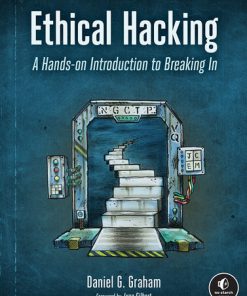AVR Workshop A Hands On Introduction with 60 Projects 1st Edition by John Boxall ISBN 9781718502581 1718502583
$50.00 Original price was: $50.00.$25.00Current price is: $25.00.
AVR Workshop A Hands On Introduction with 60 Projects 1st Edition by John Boxall – Ebook PDF Instant Download/Delivery: 9781718502581 ,1718502583
Full download AVR Workshop A Hands On Introduction with 60 Projects 1st Edition after payment
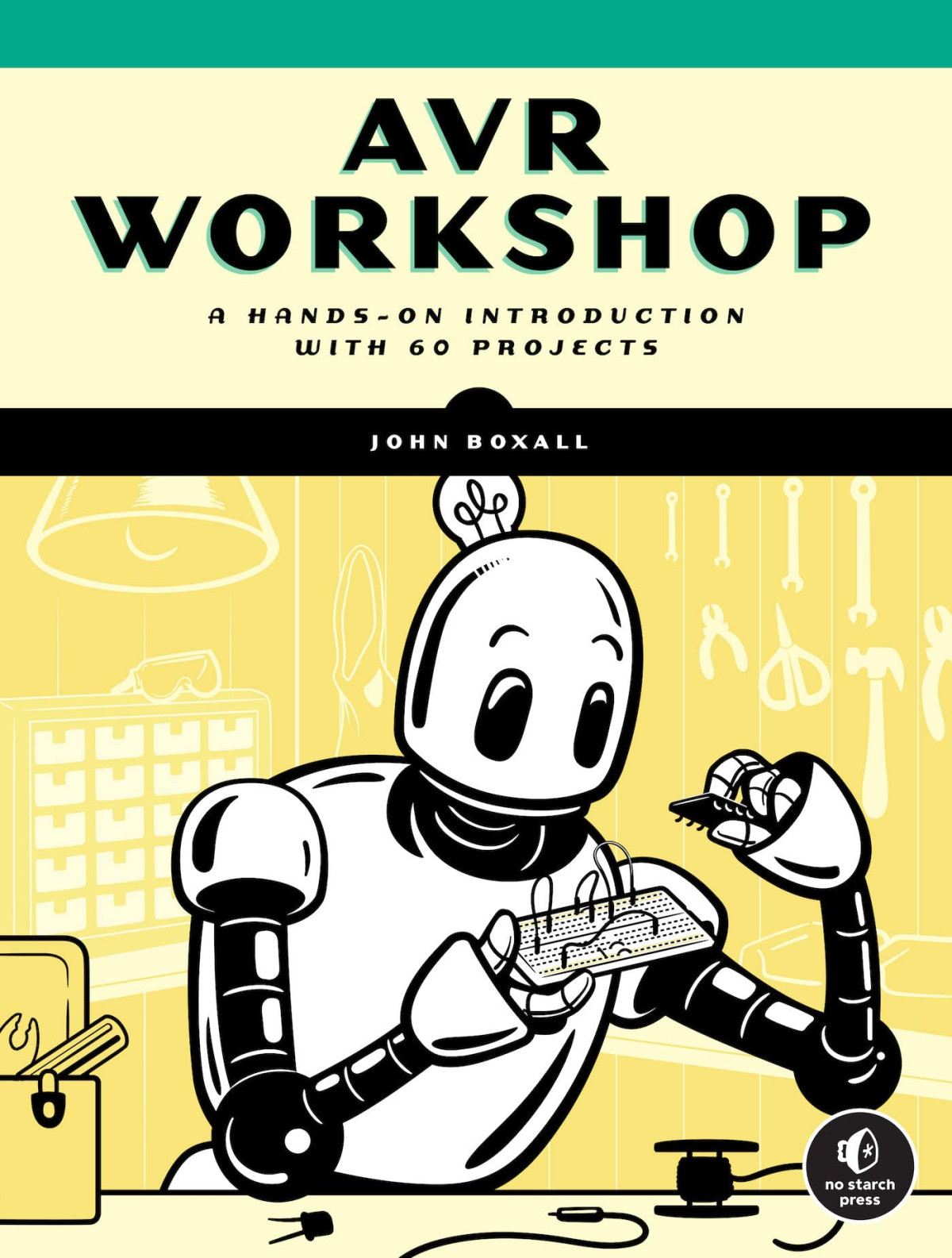
Product details:
ISBN 10: 1718502583
ISBN 13: 9781718502581
Author: John Boxall
AVR Workshop A Hands On Introduction with 60 Projects 1st Edition Table of contents:
1: Getting Started
The Possibilities Are Endless
The Microchip AVR Microcontrollers
Required Parts and Accessories
Electronic Components
Choosing an AVR Programmer
Required Software
macOS 10.6 or Later
Ubuntu Linux 20.04 LTS or Later
Windows 7 Through 11
Current, Voltage, and Power
Electronic Components
Resistors
Light-Emitting Diodes
Power Diodes
Capacitors
Integrated Circuits
Solderless Breadboards
Powering Your Projects
2: First Steps
Testing the Hardware and Toolchain
Build the Circuit
Connect and Run the Programmer
What If It Didn’t Work?
Project 0: Blinking an LED
Uploading Your First AVR Code
What If It Didn’t Work?
Controlling Digital Outputs
Hardware Registers
Project 1: Experimenting with ATtiny85 Digital Outputs
The Hardware
The Code
Using Schematic Diagrams
Components in Schematics
Wires in Schematics
Dissecting a Schematic
Project 2: Experimenting with ATmega328P-PU Digital Outputs
The Hardware
The Code
Project 3: Bit-Shifting Digital Outputs
Project 4: Experimenting with NOT
Project 5: Experimenting with AND
Project 6: Experimenting with OR
Project 7: Experimenting with XOR
3: Getting and Displaying Input
Digital Inputs
Introducing the Pushbutton
Reading the Status of Digital Input Pins
Project 8: Blinking an LED on Command
The Hardware
The Code
Making Decisions in Code
if Statements
if . . . else Statements
Making Two or More Comparisons
switch . . . case Statements
Creating Your Own Functions
Project 9: A Simple Custom Function
Project 10: Custom Functions with Internal Variables
Project 11: Custom Functions That Return Values
Switch Bounce
Protecting Your AVR from Fluctuating Voltages
Pullup Resistors
Pulldown Resistors
Introducing Seven-Segment LED Displays
Project 12: Building a Single-Digit Numerical Counter
The Hardware
The Code
Analog Inputs
Using ATtiny85 ADCs
Project 13: Making a Single-Cell Battery Tester
The Hardware
The Code
Using the ATmega328P-PU ADCs
Introducing the Variable Resistor
Project 14: Experimenting with an ATmega328P-PU ADC
The Hardware
The Code
Doing Arithmetic with an AVR
Using External Power
The TMP36 Temperature Sensor
Project 15: Creating a Digital Thermometer
The Hardware
The Code
4: Communicating with the Outside World using the USART
Introducing the USART
Hardware and Software for USART Communication
Project 16: Testing the USART
The Hardware
The Code
Project 17: Sending Text with the USART
Project 18: Sending Numbers with the USART
Project 19: Creating a Temperature Data Logger
The Hardware
The Code
Project 20: Receiving Data from Your Computer
Project 21: Building a Four-Function Calculator
5: Taking Control with Hardware Interrupts
External Interrupts
Setting Up Interrupts in Code
Project 22: Experimenting with Rising Edge Interrupts
The Hardware
The Code
Project 23: Experimenting with Falling Edge Interrupts
The Hardware
The Code
Project 24: Experimenting with Two Interrupts
The Hardware
The Code
Pin-Change Interrupts
Project 25: Experimenting with Pin-Change Interrupts
The Hardware
The Code
Project 26: Creating an Up/Down Counter Using Interrupts
The Hardware
The Code
Final Notes on Interrupts
6: Using Hardware Timers
Introducing Timers
Project 27: Experimenting with Timer Overflow and Interrupts
The Hardware
The Code
Project 28: Using a CTC Timer for Repetitive Actions
Project 29: Using CTC Timers for Repetitive Actions with Longer Delays
Examining the Accuracy of the Internal Timer
Addressing Registers with Bitwise Operations
Addressing Individual Bits in a Register
Addressing Multiple Bits in a Register
Project 30: Experimenting with Overflow Timers Using Bitwise Operations
7: Using Pulse-Width Modulation
Pulse-Width Modulation and Duty Cycles
Project 31: Demonstrating PWM with the ATtiny85
The Hardware
The Code
Individual PWM Pin Control for the ATtiny85
Project 32: Experimenting with Piezo and PWM
The Hardware
The Code
Individual PWM Pin Control for the ATmega328P-PU
The RGB LED
Project 33: Experimenting with RGB LEDs and PWM
The Hardware
8: Controlling Motors with Mosfets
The MOSFET
Project 34: DC Motor Control with PWM and MOSFET
The Hardware
The Code
Project 35: Temperature-Controlled Fan
The Hardware
The Code
The L293D Motor Driver IC
Project 36: DC Motor Control with L293D
The Hardware
The Code
Project 37: Controlling a Two-Wheel-Drive Robot Vehicle
The Hardware
The Code
9: Using the Internal EEPROM
Storing Bytes in EEPROM
Project 38: Experimenting with the ATtiny85’s EEPROM
Storing Words
Project 39: A Simple EEPROM Datalogger
The Hardware
The Code
Storing Floating-Point Variables
Project 40: Temperature Logger with EEPROM
The Hardware
10: Writing Your Own AVR Libraries
Creating Your First Library
Anatomy of a Library
Installing the Library
Project 41: Your First Library
Creating a Library That Accepts Values to Perform a Function
Project 42: Using the blinko2.c Library
Creating a Library That Processes Data and Returns Values
Project 43: Creating a Digital Thermometer with the thermometer.c Library
11: AVR and the SPI Bus
How Buses Work
Pin Connections and Voltages
Implementing the SPI Bus
Sending Data
Project 44: Using the 74HC595 Shift Register
The Hardware
The Code
Project 45: Using Two 74HC595 Shift Registers
The Hardware
The Code
Project 46: Using the MAX7219 LED Driver IC
The Hardware
The Code
Project 47: Adding a Reset Button
Multiple SPI Devices on the Same Bus
Receiving Data from the SPI Bus
Project 48: Using the MCP3008 ADC IC
The Hardware
The Code
12: AVR and the I2C Bus
Increasing AVR Speed
Introducing the I2C Bus
Pin Connections and Voltages
Writing to I2C Devices
Project 49: Using the MCP23017 16-Bit I/O Expander
The Hardware
The Code
Reading Data from I2C Devices
Project 50: Using an External IC EEPROM
The Hardware
The Code
Project 51: Using the DS3231 Real-Time Clock
The Hardware
The Code
13: AVR and Character Liquid Crystal Displays
Introducing LCDs
Send Commands to the LCD
Initialize the LCD for Use
Clear the LCD
Set the Cursor
Print to the LCD
Project 52: Using a Character LCD with Your AVR
The Hardware
The Code
Project 53: Building an AVR-Based LCD Digital Clock
The Hardware
The Code
Displaying Floating-Point Numbers on the LCD
Project 54: LCD Digital Thermometer with Min/Max Display
The Hardware
The Code
Displaying Custom Characters on the LCD
Write Data to CGRAM
Send Custom Character Data to LCD
Display Custom Characters on LCD
Project 55: Displaying Custom LCD Characters
14: Controlling Servos
Setting Up Your Servo
Connecting a Servo
Controlling a Servo
Project 56: Experimenting with Servos
The Hardware
The Code
Project 57: Creating an Analog Thermometer
The Hardware
The Code
Project 58: Controlling Two Servos
The Hardware
The Code
Project 59: Building an Analog Clock with Servo Hands
The Hardware
The Code
Epilogue
Index
People also search for AVR Workshop A Hands On Introduction with 60 Projects 1st Edition:
4-h art projects
avr workshop pdf
avr workshop pdf download
a-r workshop
hands-on programming with r pdf
Tags: John Boxall, AVR Workshop, Hands On Introduction, 60 Projects
You may also like…
Uncategorized
Computers - Applications & Software
Computers - Programming
Python Crash Course A Hands On Project Based Introduction to Programming 2nd Edition Eric Matthes
Computers - Databases
MySQL Crash Course A Hands on Introduction to Database Development 1 / converted Edition Rick Silva
Biology and other natural sciences - Microbiology
Review of Medical Microbiology and Immunology, 17th Edition [Non-genuine PDF] Warren E. Levinson
Computers - Programming
Computers - Programming
Python Crash Course A Hands On Project Based Introduction to Programming 2nd Edition Eric Matthes
Technique - Electronics: Hardware
Computers - Networking
Ethical Hacking A Hands on Introduction to Breaking In 1st Edition Daniel Graham

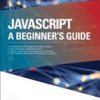
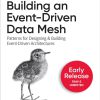
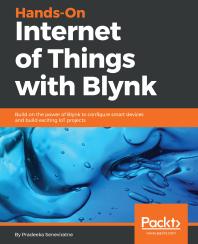



![Review of Medical Microbiology and Immunology, 17th Edition [Non-genuine PDF] Warren E. Levinson](https://ebookmeta.com/wp-content/uploads/2024/05/review-of-medical-microbiology-and-immunology-17th-edition-nongenuine-pdf-47359446-247x296.jpg)



